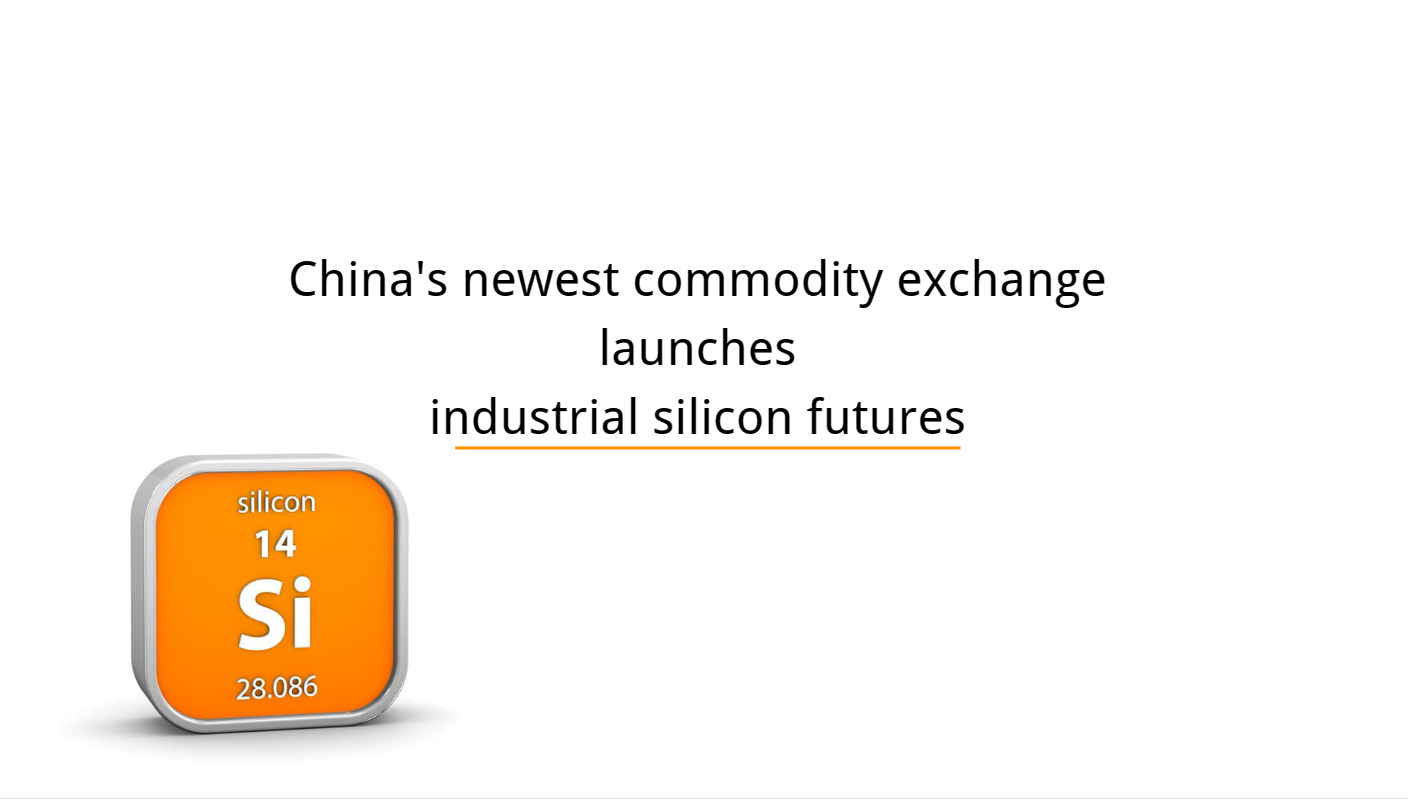2022 – an important year for China connectivity
One of the standout features of Hong Kong’s status as an international financial centre is its unique connectivity with Mainland China. Hong Kong acts as a channel into the world’s second-largest economy, providing international investors with access to a wide range of investment opportunities. As 2022 draws to a close, we should take the time to take note of the progress made in this area over the last 12 months.
It is worth mentioning at the outset that Hong Kong’s ability to act as a connector between financial markets is a powerful example of One Country, Two Systems. This governance principle enables the Hong Kong Special Administrative Region to provide a highly attractive business environment for international investors to invest in Mainland China – including its common law legal system, the free flow of capital, and English as an official language.
Perhaps the single most important development in 2022 for Hong Kong’s connectivity with Mainland China occurred when Chinese President Xi Jinping visited the city in July. In a speech, he said that Beijing is committed to the One Country, Two Systems principle, thus ensuring that Hong Kong can retain the characteristics that make it an international financial hub.
Deepening connections
With the foundations of Hong Kong’s role as a super-connector firmly in place, we can now consider the way that the city’s financial links with Mainland China have improved in 2022.
Perhaps the biggest upgrade was to Stock Connect, which added exchange-traded funds (ETFs) to the list of tradable securities for both international northbound investors and southbound investors from Mainland China.
This is one of the biggest enhancements to Stock Connect since it was launched in 2014, as it provides international investors with opportunities to gain passive exposure to the world’s second-largest equity market, while at the same time giving Mainland Chinese investors access to a new range of offshore investments.
In its first few months after the addition of ETFs, trading volumes were strong. In August, Southbound trading volumes were HKD 8.2 billion, a 90.6% jump on HKD 4.3 billion in the previous month1.
Looking to the future, the Connect programmes will broaden to include more securities. Swap Connect for example, has already been announced, and it looks set to be the world’s first derivatives mutual market access scheme, which will complement the access provided by Bond Connect. International investors will be able to use the new channel to trade renminbi interest rate swaps in Mainland China.
Other initiatives in the pipeline include the proposed addition of international companies into the Southbound channel of Stock Connect, which will give retail investors in Mainland China, for the very first time, the ability to buy international stocks in Hong Kong. If this goes ahead, it will increase Hong Kong’s attractiveness as a fundraising venue for international companies, as they would be able to benefit from Mainland China’s huge pool of capital.
Facilitating private capital
Hong Kong’s connectivity is not limited to public markets, as private markets received renewed support in September, following the release of 18 measures to support the joint development of Shenzhen and Hong Kong venture capital investments2. Taken together, this package of measures delivers preferential policies for the Hong Kong private equity industry, while at the same time promoting the development of a mechanism that connects Hong Kong to Shenzhen.
The Qianhai Authority, in Shenzhen, will support eligible Hong Kong limited partnership funds (LPFs) to set up qualified investment entities in Qianhai to start onshore investment, while at the same time expanding the Qualified Foreign Limited Partnership (QFLP) scheme to increase the investment scope and reduce processing time.
More broadly, Hong Kong and Qianhai will explore making use of a cross-boundary supervisory sandbox mechanism to promote the linked development of the private equity markets in Hong Kong and Shenzhen.
Closer cooperation between Hong Kong and Shenzhen will bring synergies between these two economically important cities. Hong Kong’s status as an international financial status complements Shenzhen’s vibrant New Economy ecosystem, which is highly attractive to international investors looking to make venture capital investments.
More connectivity to come
If 2022 is anything to go by, 2023 will likely continue the ongoing push towards greater financial links between Hong Kong and Mainland China. In recent years, there has been strong momentum, as evidenced by the addition of a Southbound channel to Bond Connect and the launch of Wealth Management Connect.
But there are still many more cross-border links that can be made and asset classes that can be included. And in 12 months-time, I am confident that we will be able to report back on new developments that both deepen and broaden Hong Kong’s connectivity.
1HKEX






















































First, please LoginComment After ~